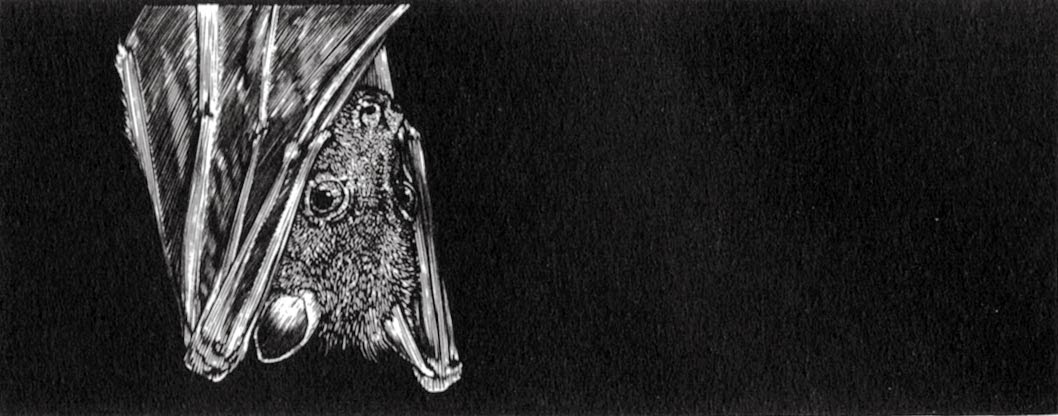borrowed from the languages spoken in their native habitats, many of these words have every excuse to sound strange and exotic. Some of these animals even have more than one name, and you’ve probably never heard of either of them. Just to read this vocabulary list aloud is like an incantation, a poem of magnificent magical syllables summoning the unknown.
Rather than merely list these words, I’ve included a bit of basic information for each. Here’s your chance to add a few choice words to your vocabulary - then you just need to figure out how to work them into conversation. (“My brother is strong as a tembadau. But sometimes stubborn as a kiang.”) And of course a few are bound to be useful in crossword puzzles and Scrabble, so I hope you appreciate them.
banteng (or tembadau) - cattle from Southeast Asia (word from Malay from Javanese)
dibatag - antelope from Ethiopia and Somalia (word means erect tail in Somali)
gerenuk - antelope from East Africa (word from Somali gáránúug)
hirola - antelope from Kenya and Somalia
kiang (or gorkhar) - wild ass from the Tibetan Plateau (word from Tibetan)
korrigum (or tiang) - antelope from Senegal
lechwe - antelope from central southern Africa (word from Tswana) These guys have water-repellant legs so that they can run fast through knee-deep water!
nilgai - antelope from India (word means blue cow in Hindi)
oribi - antelope from sub-Saharan Africa (word from Afrikaans from Khoikhoi)
puku - antelope from Tanzania
saiga - antelope from the Eurasian steppes (word from Russian from a Turkic language)
tamaraw - water buffalo from Mindoro in the Philippines (word from Tagalog)
topi - antelope from sub-Saharan Africa
tsessebe (or sassaby) - antelope from southern Africa (word probably from Tswana)
zeren - antelope from central Asia (word from Russian from Mongolian zeer’) One of the most numerous large animals in the world, and I’d never heard of it!
[Pictures: An Antelope, wood engraving by Neave Parker (Image from Campbell Fine Art);
Mhorr’s Gazelles, rubber block print by AEGN.]




























